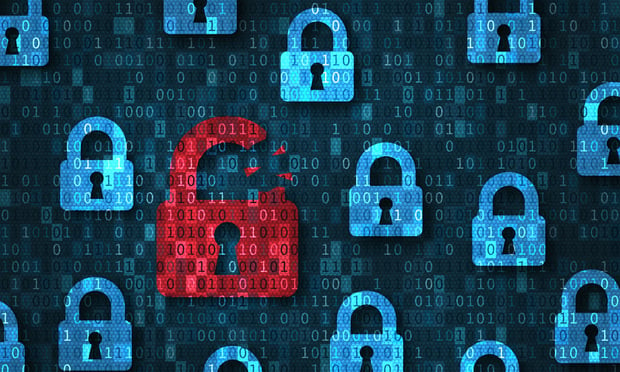 (Credit: Olivier Le Moal/Shutterstock.com)
(Credit: Olivier Le Moal/Shutterstock.com)
In the past few years, we've seen increased attention on employee wellbeing and mental health — and for good reason. When the pandemic hit, many of our assumptions about work life went out the window. Suddenly, childcare and health care challenges were regular topics for HR and operating teams alike; many organizations were forced to embrace remote work almost overnight; and words like "trust", "process" and "communication" took on entirely new meanings. This new reality also led to renewed concerns about things like "Zoom fatigue", work-life balance, and employee burnout. Many employees found themselves working longer hours and taking fewer vacations out of fear of losing their jobs. In short, our collective mental health has suffered.
Continue Reading for Free
Register and gain access to:
- Breaking benefits news and analysis, on-site and via our newsletters and custom alerts
- Educational webcasts, white papers, and ebooks from industry thought leaders
- Critical converage of the property casualty insurance and financial advisory markets on our other ALM sites, PropertyCasualty360 and ThinkAdvisor
Already have an account? Sign In Now
© 2024 ALM Global, LLC, All Rights Reserved. Request academic re-use from www.copyright.com. All other uses, submit a request to [email protected]. For more information visit Asset & Logo Licensing.








